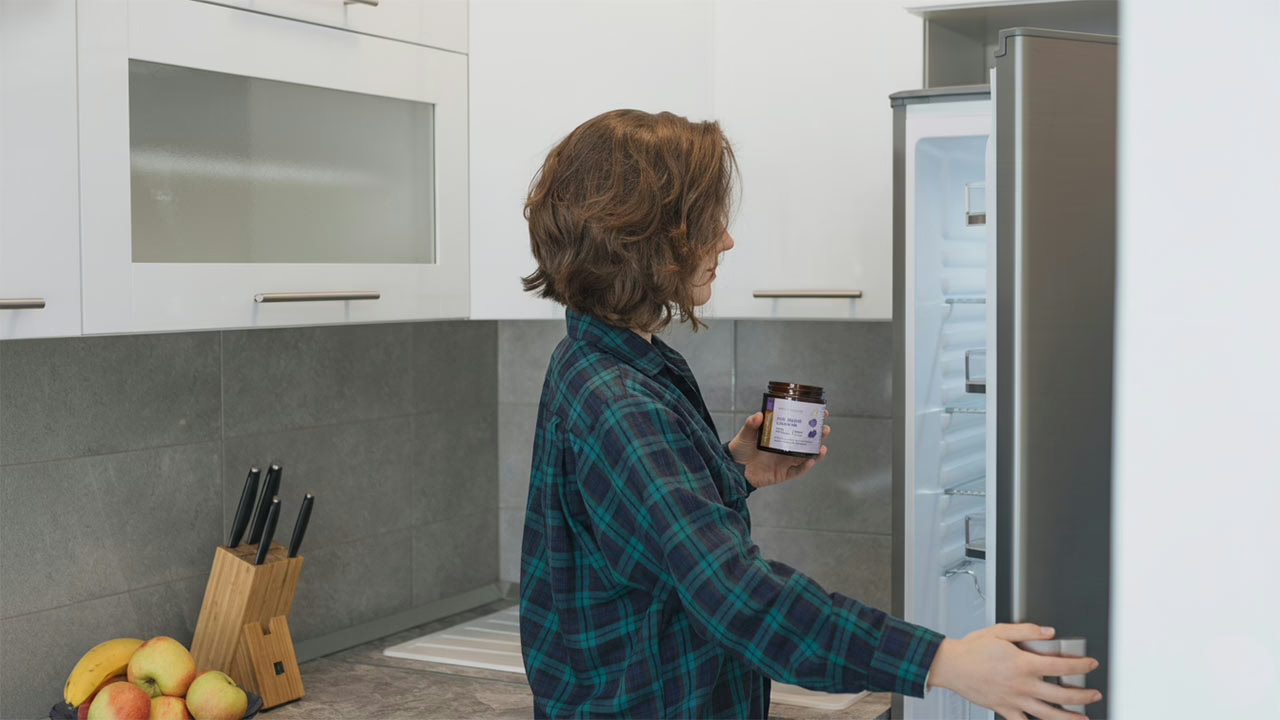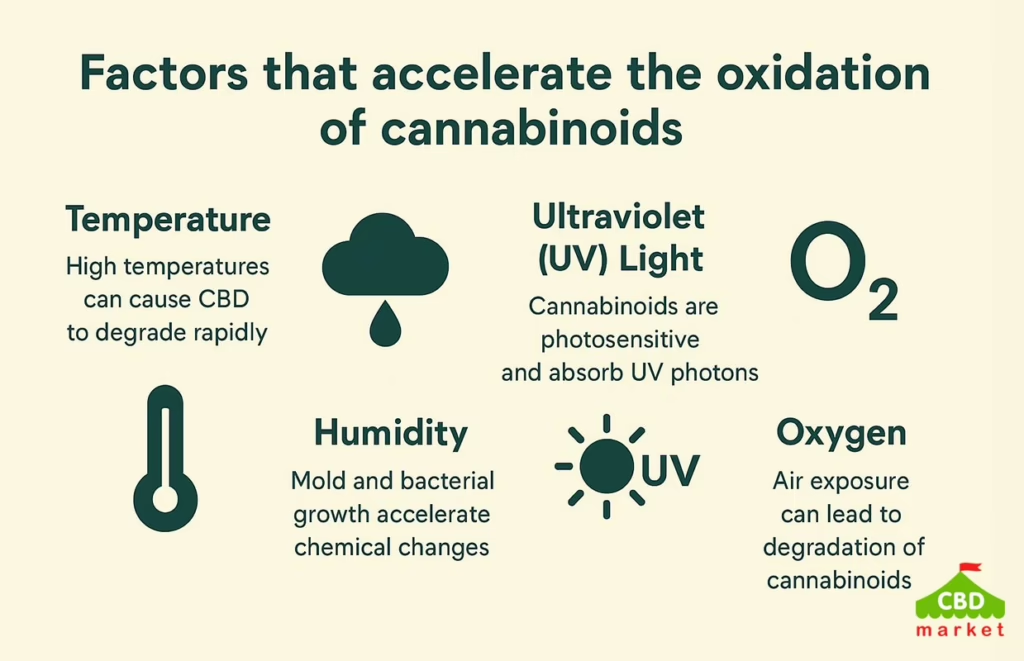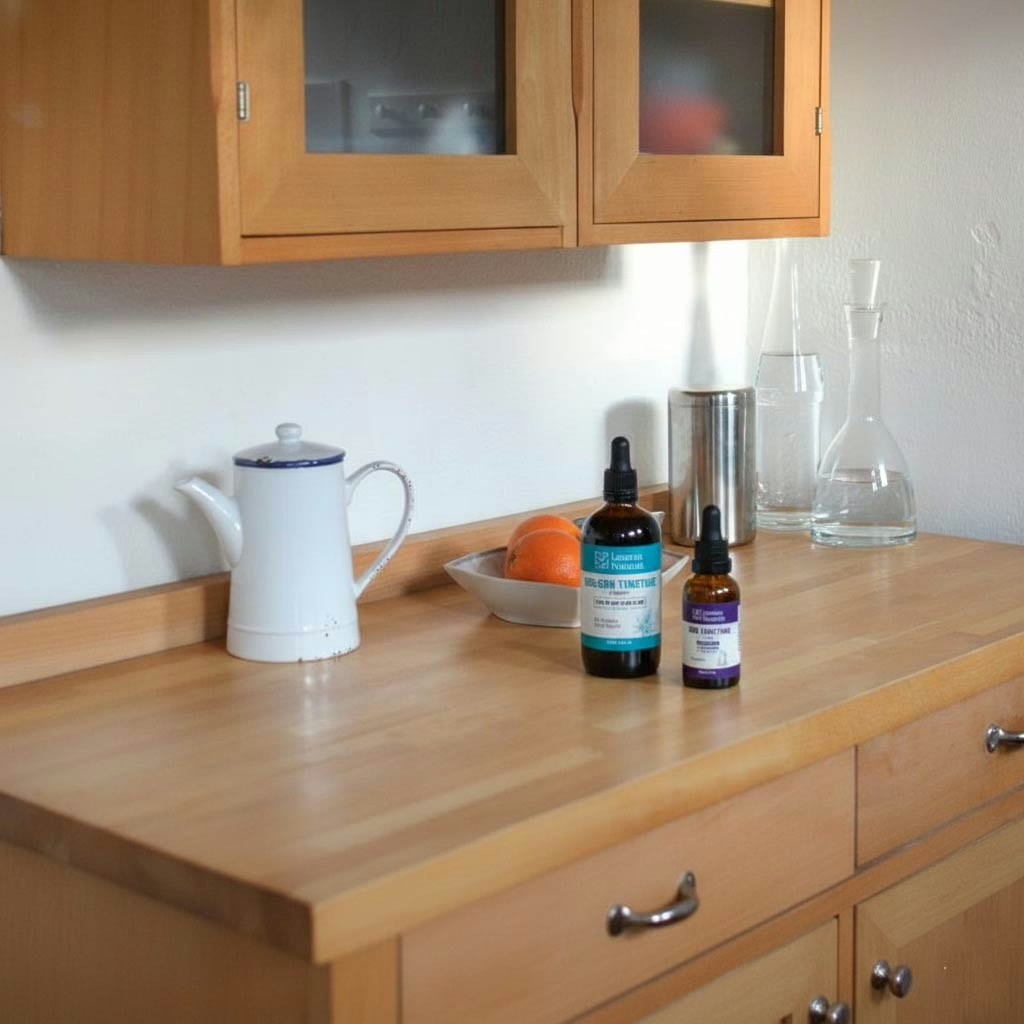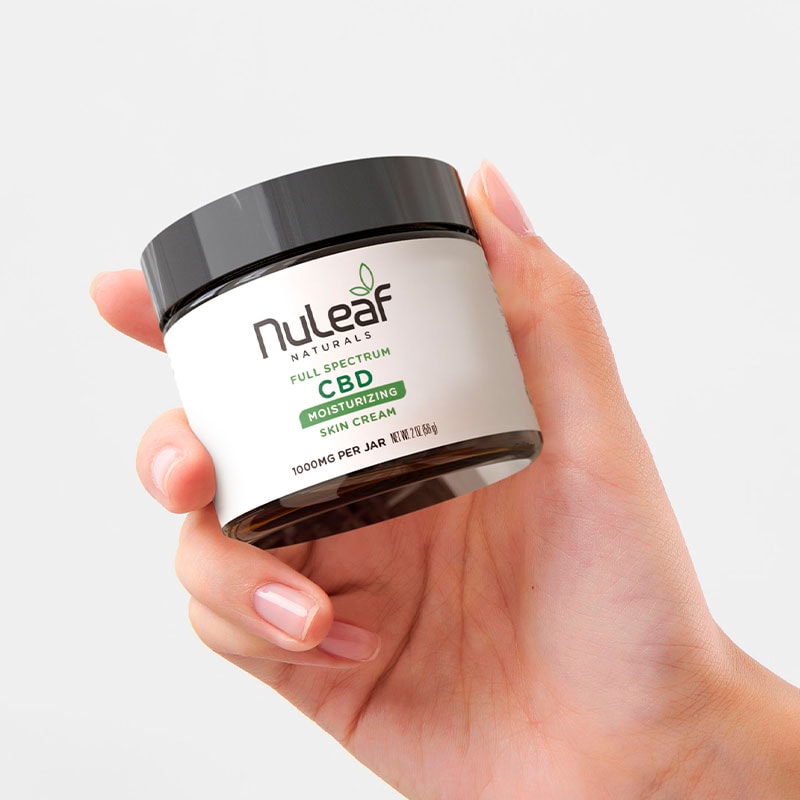What is Cannabinoid Oxidation?
Summarize

Cannabinoid oxidation is a natural process in which cannabinoids undergo a chemical change due to various environmental factors. For example, THC oxidation produces CBN, and CBD changes into cannabidiol-quinone. This process has a direct bearing on how you should store any product containing cannabinoids, including your CBD products, to preserve potency and effects.

TL;DR (Too Long; Didn’t Read):
Cannabinoid oxidation is a natural process, triggered by exposing cannabinoids to heat, UV light, air, and moisture. The chemical makeup of the cannabinoids is changed. Cannabinoids naturally degrade over time, but this deterioration is slowed when products are stored correctly: in cool, dark locations, and kept tightly sealed when not in use.
What is Cannabinoid Oxidation?
Cannabinoid oxidation is a naturally occurring chemical process in which cannabinoids lose hydrogen atoms or gain oxygen atoms due to factors like exposure to oxygen and light. This is a degradation process because the original compounds are changed into new ones. The result is that the product’s potency and effectiveness are reduced.
The two primary cannabinoids are THC and CBD. THC degrades primarily into CBN through the natural oxidation process.
CBD degrades into different cannabinoids, depending on the specific conditions to which the cannabinoid is exposed, such as high temperatures or oxygen. For example, it may produce:
- THC isomers (THC molecules are rearranged)
- CBE (A CBD metabolite with an extra oxygen atom)
- Cannabidiol hydroquinone, called CBD-Q or HU-331( another CBD oxidation byproduct)
Generally, the shelf life of CBD is six to 12 months.
Accelerating Factors
Cannabinoid oxidation is a process in which the chemical makeup of a cannabinoid changes to form new cannabinoids or other compounds. Researchers still have much to learn about the effects of cannabinoid oxidation. What is known is that when cannabinoids degrade, the potency and effectiveness of the product decline.
Four primary factors can accelerate the oxidation of cannabinoids.

1. Temperature
High temperatures can cause CBD to degrade rapidly. Researchers found that the fastest chemical reaction happened at temperatures higher than 160 degrees F. However, storing a product at room temperature or placing it in a location where it is exposed to heat can trigger a slower chemical breakdown of cannabinoids.
2. Humidity
Humidity can lead to significant CBD product issues. Mold and bacterial growth, as well as moisture, accelerate cannabinoid chemical changes.
3. Ultraviolet (UV) Light
Cannabinoids are photosensitive, meaning they absorb UV photons. Exposure to UVA and UVB light may cause THC and CBD molecules to break down. UV exposure accelerates cannabinoid oxidation, makes the HU-311 unstable, and produces traces of various cannabinoid derivatives. UV light exposure may have an even more substantial effect on cannabinoids like CBC and CBN, degrading them at a much faster rate than CBD.
4. Oxygen
Air exposure can lead to the degradation of cannabinoids. Air can cause oxidation, leading to the further breakdown of cannabinoids and potentially creating unwanted by-products.
Tips to Slow Cannabinoid Oxidation
There are two perspectives on the oxidation of cannabinoids. One is how the hemp grower stores plants after harvesting. Another is how you store your CBD product.
For example, if CBD is stored in a location that regularly experiences high temperatures and humidity, such as a kitchen, the oxidation of the cannabinoid accelerates. You want to store your CBD products in a stable, room-temperature environment.
The following is a guide for storing CBD products. Sometimes, the factors accelerating cannabinoid oxidation will overlap, depending on the storage location.
Oils
What is the best way to prevent oxidation in CBD oils? When comparing amber glass to clear glass for storing CBD oil, amber is the clear choice. Oils maintain their best quality when stored in dark glass bottles that block UV light to prevent oxidation of CBD oil and lids that can be tightly secured. A medicine cabinet or a pantry is a good location.
It is important not to set your CBD oil in a spot where direct sunlight can reach it, like a windowsill. It is also important not to store oil near a heat source, like a stove or heater. Some individuals living in extremely hot climates may store their CBD oil in the refrigerator to maintain its potency. If you store it in the fridge, the oil will thicken. Letting it sit at room temperature for a while will return the oil to a liquid state.
Some CBD tinctures are available with different dispenser types. When comparing a pump vs. a dropper, the airless pump or spray bottle prevents air from reaching the contents. Each time you use a dropper, air is drawn into the oil when the lid is removed.

Edibles
Generally, CBD edibles should also be stored in a cool, dark place. However, there are various types of edibles, and points to keep in mind.
Gummies
CBD gummy oxidation can degrade CBD and also cause changes to the gummy’s color, texture, and consistency. Gummies can become sticky or moldy, and CBD rapidly degrades when exposed to light, warm temperatures, and humid air. They can also harden if exposed to air for an extended period or if too much moisture is absorbed and then evaporates. They may last for 6-12 months if stored in a well-sealed container and a place that maintains room temperature. Gummies can also be refrigerated. This keeps them fresh longer, though they may harden some.
Hard candies, lollipops, and lozenges
CBD candies should be stored at room temperature in a tightly sealed container to prevent moisture from entering and slow down the degradation of cannabinoids. If the room temperature is too warm, find a cool, dry cabinet. Hard candies can destabilize in several ways. They become soft and chewy when they absorb too much moisture, so keep the container closed until you are ready to consume them.
Honey
CBD honey comes in a jar with a wraparound label to prevent exposure to light. Once again, store the honey in a cool, dry place. Keep the lid tightly closed when not in use. Exposure to air will lead to oxidation, and moisture promotes mold growth. It is generally not necessary to refrigerate honey, and doing so can lead to crystallization. However, if you live in a hot, humid climate, you may choose to refrigerate the CBD honey. If it crystallizes, place the open jar in a warm water bath (below 100°F) and stir until it becomes liquid again.

Softgels
To maintain softgel stability, store them in the original container, as it is designed to preserve product quality. Most softgels are packaged in opaque or dark containers. Like other edibles, you want to store them in a cool, dark, and dry location. Following best storage practices will extend the shelf life to one to two years.
Choose a pantry, cabinet, or drawer in a room with a stable temperature. It is important not to store softgels near heat sources, such as ovens. The casing could melt, exposing the CBD to air, which can cause oxidation. Do not store them in a room with high humidity, like a bathroom cabinet. Exposing softgels to excessive moisture can lead to the growth of bacteria or mold on a gelatin or pectin shell.
Always quickly replace the container’s lid after taking out a CBD softgel. If the softgels are packaged with a silica gel packet, leave it in the bottle to absorb moisture. You can refrigerate softgels to increase shelf life, but store them in an airtight container to prevent condensation from forming.
Topicals
CBD topicals, including creams, lotions, and salves, should be stored in a cool, dark place where exposure to light and moisture is limited. Topicals with active ingredients, such as menthol or capsaicin, may have stated expiration dates. High-quality brands will suggest ideal storage strategies to prevent topical oxidation and note if the product should not be stored in the freezer. Always keep the stored product tightly sealed. Depending on the CBD topical’s ingredients, shelf life is usually 12 to 24 months. Many topicals are found in pump dispensers, which are efficient at keeping the contents from exposure to air.

Get the Most Benefits From Your CBD Products
Cannabinoids are plant materials, meaning they will degrade over time. The rate at which they degrade depends on how well you follow recommended best practices for storage. Cannabinoid oxidation reduces a product’s potency and effectiveness. Good storage practices are easy to follow and ensure you get the most benefits from your products.
Sources
- Munjal M, Elsohly MA, Repka MA. Polymeric systems for amorphous Delta9-tetrahydrocannabinol produced by a hot-melt method. Part II: Effect of oxidation mechanisms and chemical interactions on stability. J Pharm Sci. 2006 Nov;95(11):2473-2485. doi: 10.1002/jps.20711. PMID: 16886199.
- Haghdoost M, Young S, Roberts M, Krebs C, Bonn-Miller MO. Cannabielsoin (CBE), a CBD oxidation product, is a biased CB1 agonist. Biomedicines. 2024 Jul 12;12(7):1551. Published online 2024 Jul 12. doi: 10.3390/biomedicines12071551. PMID: 39062125.
- Olejar KJ, Kinney CA. Evaluation of thermo-chemical conversion temperatures of cannabinoid acids in hemp (Cannabis sativa L.) biomass by pressurized liquid extraction. J Cannabis Res. 2021 Aug 31;3(1):40. Published online 2021 Aug 31. doi: 10.1186/s42238-021-00098-6. PMID: 34465400.
- Thomson BJ, Hanna S, Schwarzenberg A, Kiani P, Bizzotto D, Kennepohl P, Davies A, Roggen M, Sammis GM. CBD hydroxyquinone photo-isomerises to a highly reactive intermediate. Sci Rep. 2023 Apr 28;13(1):6967. Published online 2023 Apr 28. doi: 10.1038/s41598-023-33815-7. PMID: 37117252.
- Huebner DS, Batarshin M, Beck S, König L, Mewis I, Ulrichs C. Influence of different UV spectra and intensities on yield and quality of cannabis inflorescences. Front Plant Sci. 2024 Dec 17;15:1480876. eCollection 2024. doi: 10.3389/fpls.2024.1480876. PMID: 39741668.
- Kesavan Pillai S, Hassan Kera N, Kleyi P, de Beer M, Magwaza M, Sinha Ray S. Stability, biofunctional, and antimicrobial characteristics of cannabidiol isolate for the design of topical formulations. Soft Matter. 2024 Feb 12;20(10):2348-2360. Published online 2024 Feb 12. doi: 10.1039/D3SM01466E.
Share this post


0